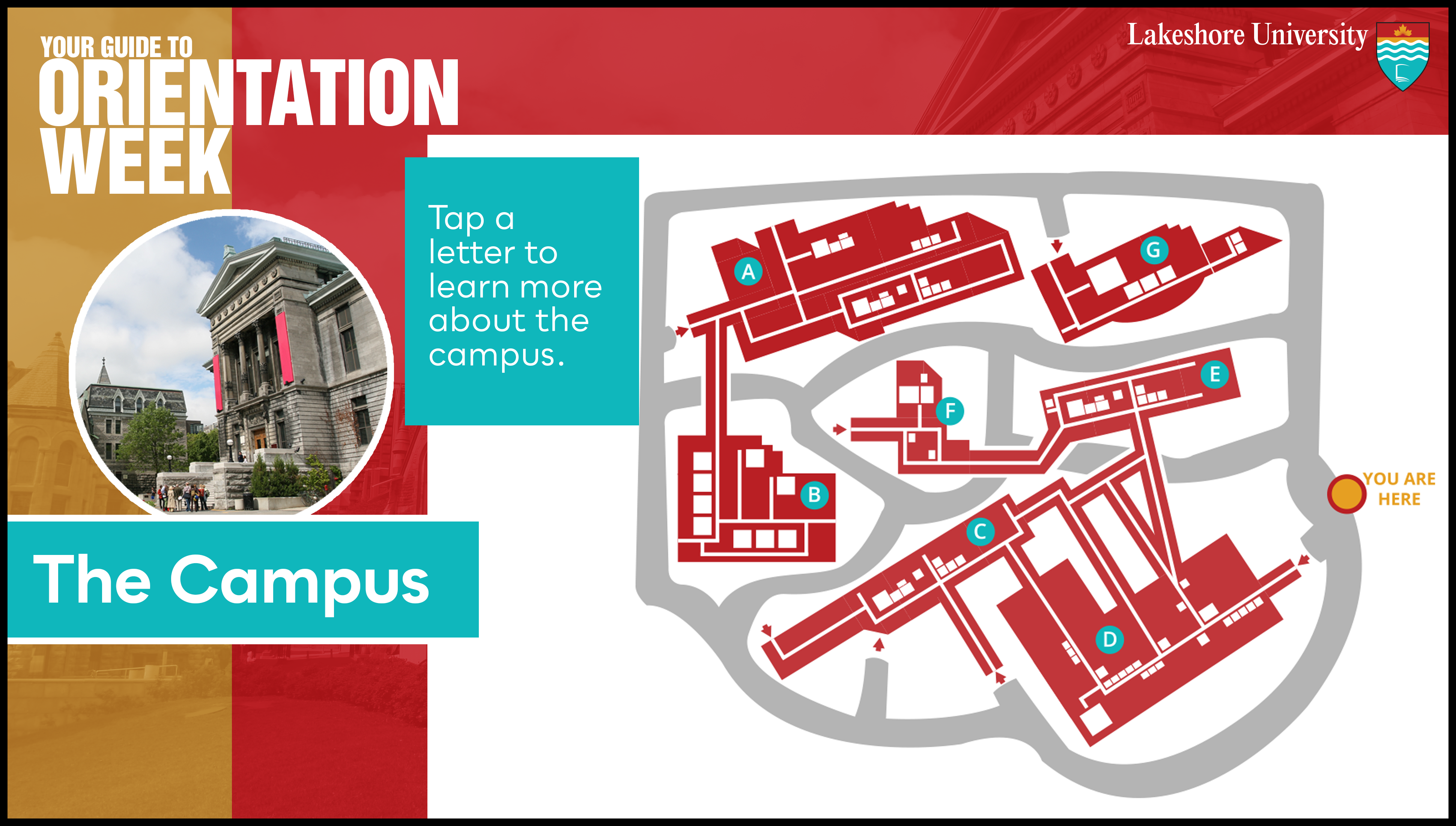In sprawling, fast-paced environments like airports, hospitals, shopping malls, and campuses, figuring out where to go can be stressful. It impacts an individual's experience in the facility and highlights the need for effective directional signage. However, digital screens provide a powerful and flexible solution for guiding people through these complex spaces. By integrating wayfinding information onto digital signage, organizations can enhance user experiences, improve efficiency, and create a seamless journey for their visitors.
The Importance of Digital Wayfinding
Static or paper signs are costly and time-consuming to update, making them a poor option in environments where routes and information change frequently. Digital screens offer a way to share dynamic, real-time wayfinding information. They provide ease of navigation and an enhanced user experience.
Integrating Wayfinding Information onto Digital Signage Screens
Integrating wayfinding information onto digital signage screens requires clearly defined objectives, an accurate map of the space, the right software and hardware, user-friendly content, and testing.
Define Objectives: It is important to identify clear wayfinding goals before implementing wayfinding screens or adding information to existing screens. Consider whether the aim is to reduce navigation time, improve accessibility, promote specific destinations, or a combination of those objectives.
Map the Space: An accurate map of the physical environment is essential before leveraging digital signage for wayfinding. Identify key locations, entry and exit points, intersections, popular facilities, points of interest, and high-traffic areas.
Choose the Right Technology: Interactive touchscreens, high-resolution displays, and an intelligent content management system (CMS) are critical for creating a responsive and engaging wayfinding experience. Invest in hardware and software that meets user needs and organizational requirements.
Develop User-Friendly Content: Wayfinding content should be simple, clear, and visually appealing. Highlight key information such as directions, landmarks, estimated travel times, and accessible routes. Use universally recognized icons and symbols to aid comprehension.
Test and Iterate: Conduct user testing to identify pain points and areas for improvement. Soliciting feedback from real users ensures wayfinding screens and information meets their needs and expectations. Ensure that the system is regularly updated and refined to keep it effective.
Key Design Considerations for Wayfinding Screens
Design is a critical component of effective digital wayfinding screens. Below are a few key considerations to keep in mind:
Screen Placement: The placement of wayfinding screens is critical to their usability. Screens should be located at high-traffic areas and decision points, such as entrances, intersections, elevators, and exits. Ensure screens are easily visible and positioned at eye level to maximize accessibility. Detailed information about screen heights is available in the Omnivex Designing for Accessibility eBook.
Content Layout: Organize content logically and intuitively. Incorporate key elements such as interactive maps, step-by-step directions, landmarks to help guide navigation, and real-time information such as schedules, traffic or emergency alerts. Branding elements like logos, fonts, and color schemes should be used to reinforce organizational identity. However, branding should not interfere with the clarity or usability of the wayfinding information.
Size and Resolution: Consider the environment and viewing distance when choosing screen sizes and resolutions for your wayfinding project. In spaces like airports, larger screens with a 4K resolution are better, while smaller screens work well in compact areas such as hallways or small waiting rooms. High resolution ensures text and visuals remain sharp and legible.
Color and Contrast: Use high-contrast colors to enhance readability and improve visibility. Ensure the contrast between the text and background is greater than or equal to 4.5:1 for small text and 3:1 for large text. Color-coded pathways and consistent design elements improve user comprehension. Avoid overly bright or clashing colors that can overwhelm users.

Leveraging a Content Management System (CMS)
A content management software (CMS) platform is the backbone of an effective digital wayfinding system. It is important to find CMS software that can easily update and manage content across a network of screens and connect the screens to a variety of systems for real-time information. It should provide a single interface with centralized control, ensuring consistent messaging and minimizing errors. Additionally, a CMS with robust multimedia integration that supports text, images, videos, and interactive elements enhances user engagement and creates a richer, more dynamic experience.
Integrating Emerging Technologies
The Internet of Things (IoT) can help future-proof wayfinding systems and significantly enhance functionality and user experience. Leverage IoT sensors for real-time data on foot traffic and environmental conditions, enabling dynamic adjustments to routes on specific screens. Voice recognition technology can enhance accessibility, particularly for visually impaired users.
Conclusion
Integrating wayfinding information onto digital signage screens can transform users' experience in complex spaces. By combining visual design, advanced technology, and a robust content management system, organizations can create wayfinding solutions that enhance navigation,
